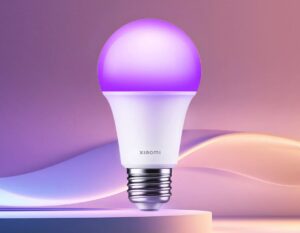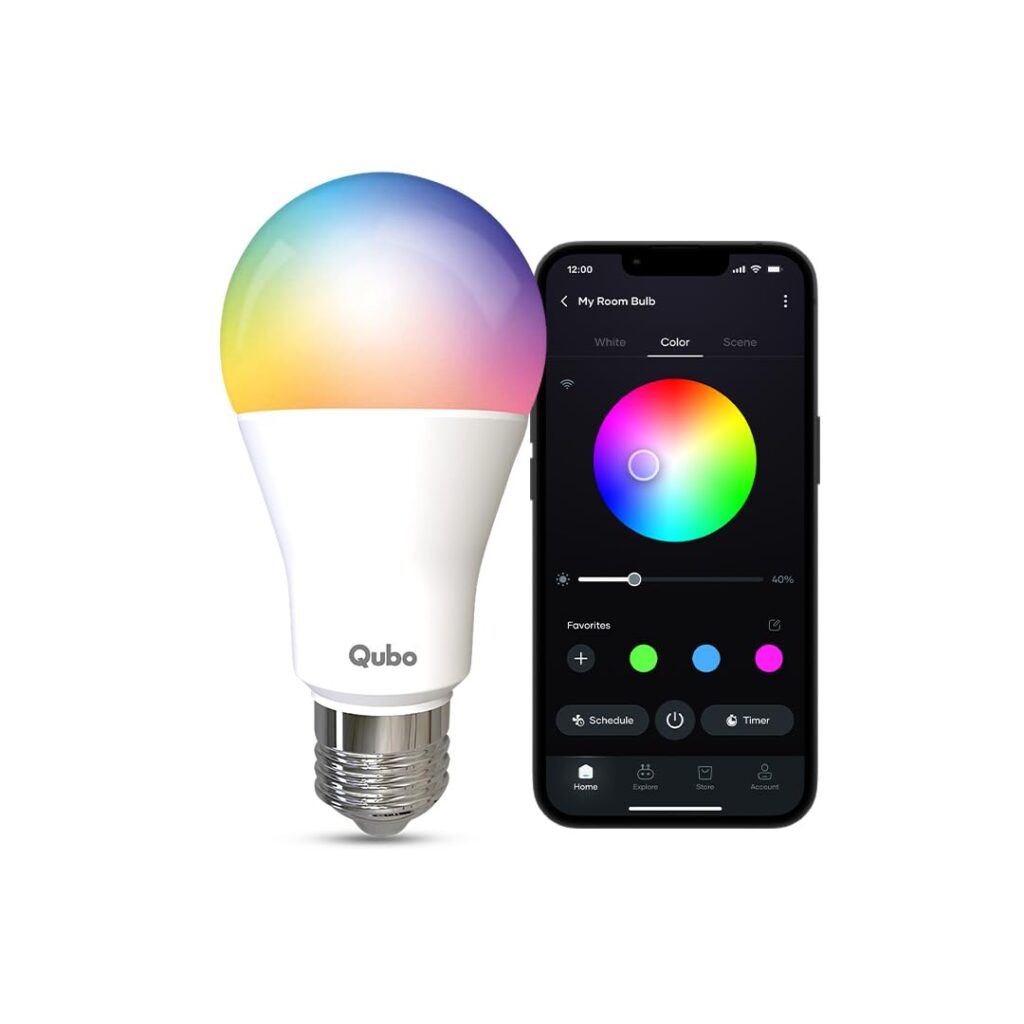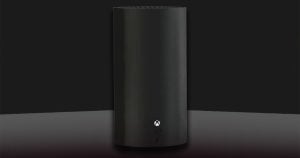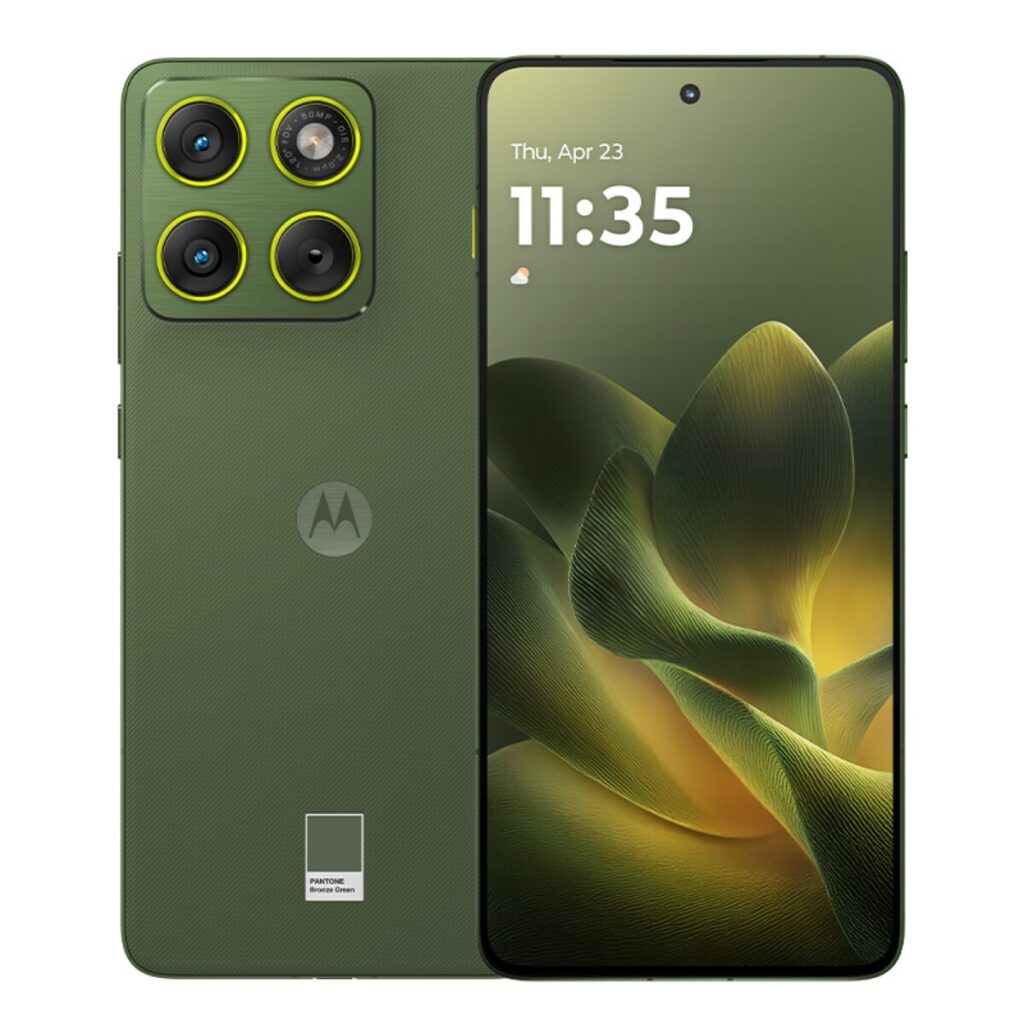Smart Lights to Upgrade for the Festive Season: Here’s Why You Should Buy Them

While one of India’s biggest festivals just went by, the festive season isn’t close to the end. With Christmas and New Year’s coming up, festive décor is still all the rage, and smart lighting has become one of the most effective ways to refresh your home ambience. These appliances are practical, energy-efficient and increasingly integrated with voice assistants or smart home ecosystems. So here’s everything you should know about them.

What to Look for Before You Buy Smart Lights
In the Indian market, choosing the right smart lights involves more than just picking a brand and colour. First, check for compatibility with your existing voice assistant, like Amazon Alexa or Google Assistant. Seamless integration makes it easy to control lights by voice or schedule. Many Indian smart lighting brands now offer voice control and scheduling features.
You should also look for connectivity options (Wi-Fi vs Bluetooth) and whether the bulb requires a hub. Some brands like Philips Hue expect you to add a bridge, while others are “plug-and-play”. Versatility is another big aspect to consider, like color hues, brightness levels, and app features like scene creation or sync with music make a big difference during celebrations.
Top Smart Light Picks for India
- Philips Wiz 9 W Wi‑Fi Smart LED Bulb: A strong premium choice, backed by Philips’ brand reliability and app + voice-assistant support. Great for living rooms where quality and ecosystem stability matter.
- Mi Smart LED Colour Bulb B22: A value brand offering full-colour capability, decent brightness and minimal setup. Ideal if you want an easy upgrade without huge spend.
- Wipro Garnet 9 W Smart LED Bulb: An India-based brand focussing on affordability and practicality. Good for rooms where you want smart control without premium pricing.
- Qubo Smart Bulb 12 W E27 LED: A mid-tier option with slightly higher wattage, decent app control and decent colour options. For users who want a step up in brightness.
- Orismart WiFi 16‑Million Colours LED Bulb: A strong “value colour” choice that is ideal for accent lighting, decorative setups, or places where you want the festive light-effect more than maximum brightness.
How These Fit the Festive Season
During festivals, homes often shift from ordinary lighting to decorative and mood lighting. Smart bulbs give you flexibility, create warm white scenes for dinner, bright white for cleaning/organising, or vibrant colour scenes for celebration. Many apps allow scheduling so lights can auto-dim or shift tones as evening begins. We already covered the Diwali tech essentials a while back, and these options are also great for upcoming festivals like Christmas. The end of the year usually also brings family time and big dinners, which can be further enhanced with the right lighting.
For more daily updates, please visit our News Section.
Tech enthusiast? Get the latest news first! Follow our Telegram channel and subscribe to our free newsletter for your daily tech fix! 
The post Smart Lights to Upgrade for the Festive Season: Here’s Why You Should Buy Them appeared first on Gizmochina.






















